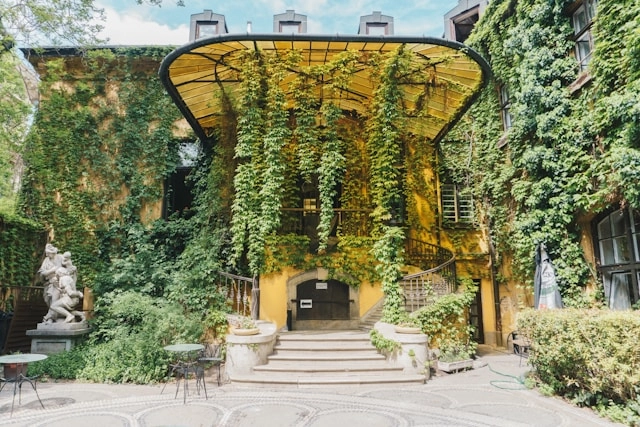Healthy Urbanization
Urbanization has become an inseparable part of modern life. However, rapidly growing cities bring many challenges. Correct urbanization is not just about the rise of buildings but also about creating spaces where people can live healthy, safe, and sustainable lives. So, how should new constructions be designed and built?
What is People-Centered Urbanization?
People-centered urbanization emphasizes that cities should not only focus on infrastructure and buildings but should also prioritize individuals' physical and mental health. For this, city planning must focus on green spaces, walkable streets, sustainable buildings, and social areas.
Ideal City Planning for Healthy Living
To make cities healthier and more livable, several key elements must be considered.
Importance of Green Spaces
One of the cornerstones of proper urbanization is the increase of green spaces. Parks, gardens, and green areas not only provide clean air for people but also reduce the urban heat island effect. Green spaces also help reduce stress levels and contribute positively to mental health.
Walkable and Bicycle-Friendly Cities
Reducing reliance on vehicle traffic reduces air pollution and stress levels. Therefore, wide sidewalks, bicycle lanes, and pedestrian-friendly streets should be prioritized in city planning. Encouraging people to walk or bike instead of driving improves their health while protecting the environment.
Smart Transportation Solutions
Strengthening public transportation networks, supporting electric vehicle infrastructure, and promoting public transport make cities more livable. Transportation systems that reduce traffic congestion and protect the environment form the foundation of healthy cities. Electric buses and bike-sharing systems, for example, make city life more efficient.
Eco-Friendly Buildings that Improve Air Quality
New constructions should be built using energy-efficient, eco-friendly, and nature-friendly materials. Sustainable solutions such as green roofs, solar panels, and rainwater collection systems reduce air pollution in cities and lower energy consumption. Additionally, buildings should be designed to make efficient use of natural light, further reducing electricity usage.
Approaches that Support Healthy Living in New Constructions
As urbanization progresses, it is essential to build structures that enhance the quality of life for individuals. Here are some aspects to consider for healthy urbanization:
Sustainable Material Usage
- Recyclable materials: Construction materials that are environmentally friendly and durable should be preferred.
- Low carbon footprint: Instead of materials with high carbon emissions such as cement and steel, wood, bamboo, or sustainable concrete alternatives should be used.
Natural Light and Ventilation
- Large window systems in buildings should be designed to allow more daylight and reduce energy consumption.
- Natural ventilation systems should be integrated to ensure clean airflow in indoor spaces, helping improve indoor air quality and protect people's health.
Reducing Noise Pollution
- Well-insulated buildings should be constructed to minimize the adverse effects of traffic and environmental noise on people's health.
- Green belts and natural barriers should be used to minimize noise pollution. Furthermore, the distance between buildings and the use of soundproof materials can control the noise levels within the city.
Mixed-Use Areas: Balancing Work and Social Life
In urban planning, integrating residential, commercial, and social spaces enhances the quality of life. Having homes, workplaces, schools, and shopping areas close together reduces the need for long-distance travel and helps individuals manage their time more efficiently. This allows people to face less traffic and reduces their daily stress.
Social Areas for the Community
Healthy cities are not only concerned with the physical environment but also with social life. Shared spaces, sports facilities, cultural centers, and areas for social interaction make urban life more enjoyable. These spaces allow individuals to meet and socialize, strengthening community bonds.
Conclusion: What Should Future Cities Look Like?
Urbanization should progress by prioritizing people's health and the environment. Green spaces, sustainable transportation solutions, eco-friendly buildings, and people-centered social spaces should be the foundation of modern cities. Future cities should be smart, sustainable, and healthy, allowing individuals to lead fulfilling lives. Proper city planning and healthy structures are among the most important steps for creating a livable world. 🌍🏙️






